To plot or not to plot?
Save the cat?
On the next stop of our online fantasy course, our tutors, MG Harris and Rowena Roberts, took us through the essentials to think about when plotting a novel and dreaming up characters. Are you a plotter or a pantser? (A pantser is someone who goes by the seat of the pants). Rowena took us on some very helpful journeys, guiding us to find out what are the questions to ask when you sit down with one of your characters? I found most revealing about myself her exercise on what do the objects in your room reveal about your and how can you apply that to characters? I’m still pondering quite what my self-designed dragon cushion means to me—a project that was started fifteen years ago and finished in the first lockdown.
There was lots more on the technical side, ranging from Aristotle’s Poetics, on to the Hero's Journey, Save the Cat and Robert McKee's Story and more recent subversions and criticisms of these same structures. Even though I’m an experienced writer in a number of formats, I found the summary MG gave us extremely helpful. I’m not overly fond of meticulous planning (I’m probably a pantser) but even for a creative like me it was useful to have an overview of the standard models, and tips how to break the mould. We also had a go of collectively planning a novel set in Oxford—quite a challenge in the time allowed but great fun to find out how everyone’s minds worked.
Talk of the hero’s journey, of course, circles back to Tolkien, who is the inspiration for so many of us. Bilbo, along with Harry Potter and Luke Skywalker, is often used as the archetypal image of the hero’s journey. In very short form (and anyone who has done a creative writing course before will be familiar with this concept), the hero is comfortable in his everyday world, but answers a call to adventure. He steps out from this familiar place to the unfamiliar, meets a mentor and allies, faces challenges, experiences the dark night of the soul, fights the monster and is transformed so returns changed. It can be a description of external events but is also very often matched by an inner journey. It is a very popular—and dominant—structure. It has been around as long as we’ve had stories but in recent times it was described by Joseph Campbell in The Hero with a Thousand Faces, after he analysed many world myths. His work was used as the basis for the classic creative writing guide, Christopher Vogler’s The Writer’s Journey: Mythic Structure for Writers, and now underpins much that is expected of fantasy works, particularly in screenwriting. However, Inkling fans will know that similar discussions, less prescriptive, were happening between Tolkien, Lewis and Hugo Dyson on the famous walk around Magdalen College in 1931 when Lewis decided to commit to believing in Christianity. This is remembered as a vital step in his faith journey, of course, but it was also one for Lewis as a fiction writer. He was convinced by Tolkien’s argument that he could get something from myth that he could not get from abstract argument and thus the serious business of writing fantasy began! When you are a sub-creator (Tolkien’s phrase), you are telling your truths through your myths, many of which give hints of the True Myth, which in Tolkien’s terms was the story of Christ. The hero’s journey in that context is one of giving up your life for others, something that is also seen in Harry Potter and Star Wars—not to mention Avengers and a host of super hero narratives.
Lewis later wrote after acknowledging his debt to Tolkien when thinking about myths:
My view wd be that a good myth (i.e. a story out of which ever varying meanings grow for different readers and in different ages) is a higher thing that an allegory (into which one meaning has been put). Into an allegory a man can put only what he already knows: into a myth he puts what he does not yet know and cd not come to know in any other way.
Perhaps that is the secret behind a truly successful fantasy series that lifts it above the cultural background of the writer: they’ve created something whose meanings will keep on evolving for the reader. I find that inspiring and liberating as a writer because the meanings my readers draw are not bound by the limits of my experience but only by the endless horizons of their imaginations.
If you like the sound of this online course, do drop us a note in the contact form to register interest and I’ll let you know when sign up opens for the next one. We also plan in-person courses for 2022, more details can be found in the ‘events’ tab.
Julia Golding, Course Director



